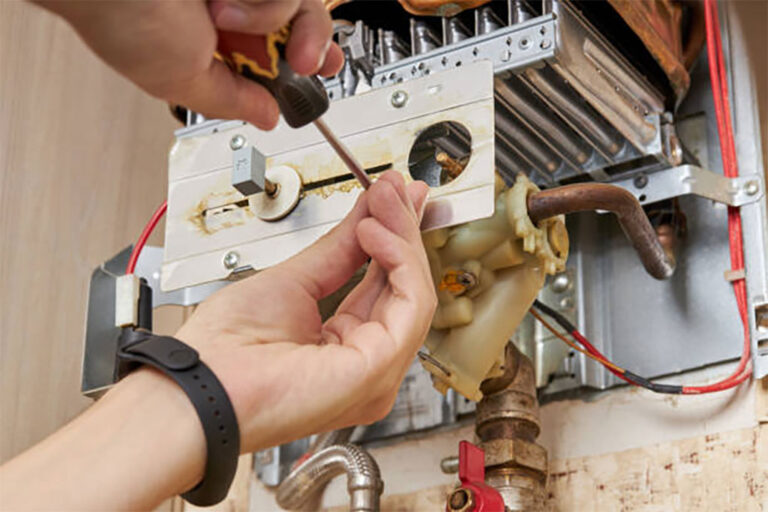
Plumbing is an essential aspect of every home, providing us with clean water, efficient drainage, and comfortable living conditions. However, many homeowners may not fully understand the intricate workings of their plumbing systems. In this blog post, Avery’s Plumbing aims to shed light on the fundamentals of plumbing, empowering homeowners with essential knowledge. By understanding the basics of plumbing, you can make informed decisions, troubleshoot minor issues, and maintain a well-functioning plumbing system.
Water Supply System: The water supply system brings clean water into your home. It typically starts at the main water line, which connects your home to the municipal water supply or a well. The main shut-off valve allows you to control the flow of water to your entire home. From there, water is distributed through pipes to various fixtures such as faucets, showers, toilets, and appliances like washing machines and dishwashers.
Drainage and Vent System: The drainage system removes wastewater and prevents foul odors from entering your home. Wastewater from sinks, toilets, showers, and other fixtures flows into drainpipes, which lead to the main sewer line or septic tank. Vent pipes, connected to the drainage system, allow air to enter the system, preventing pressure buildup and ensuring proper drainage flow.
Common Plumbing Fixtures: Understanding the basic components of common plumbing fixtures can be helpful. Faucets control the flow of water and are found in kitchens, bathrooms, and outdoor areas. Toilets consist of a tank and a bowl, with a flushing mechanism that disposes of waste. Showers have valves to control temperature and water flow. Each fixture has specific parts that may require maintenance or occasional repairs, such as washers, cartridges, or seals.
Plumbing Tools: While complex plumbing tasks are best left to professionals, having a basic set of plumbing tools can be useful for minor repairs and maintenance. Common tools include adjustable wrenches, pliers, pipe wrenches, pipe cutters, and plungers. Familiarize yourself with these tools and their proper usage to handle simple plumbing tasks safely and efficiently.
Signs of Plumbing Issues: Recognizing signs of potential plumbing problems can help you address issues before they worsen. Look out for leaks, drips, low water pressure, unusual noises, foul odors, or slow drainage. These can indicate problems like pipe leaks, clogs, or faulty fixtures. Prompt action can prevent further damage and costly repairs.
Having a basic understanding of plumbing empowers homeowners to take better care of their plumbing systems and make informed decisions. By familiarizing yourself with the water supply and drainage systems, common plumbing fixtures, essential tools, and signs of plumbing issues, you can troubleshoot minor problems and know when it’s time to call in a professional. Remember, for complex plumbing tasks or professional guidance, rely on the expertise of Avery’s Plumbing.
